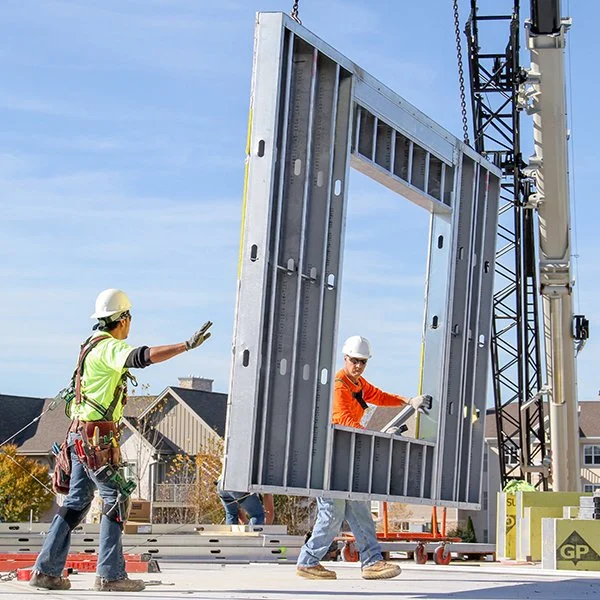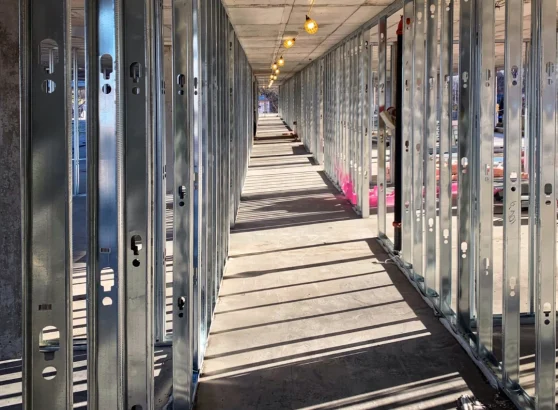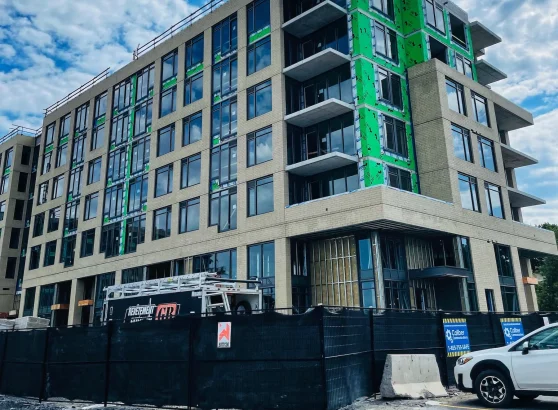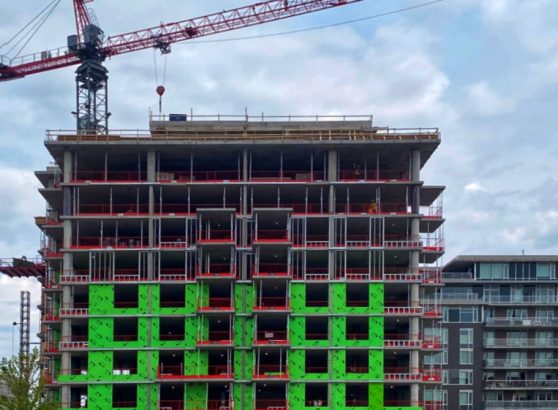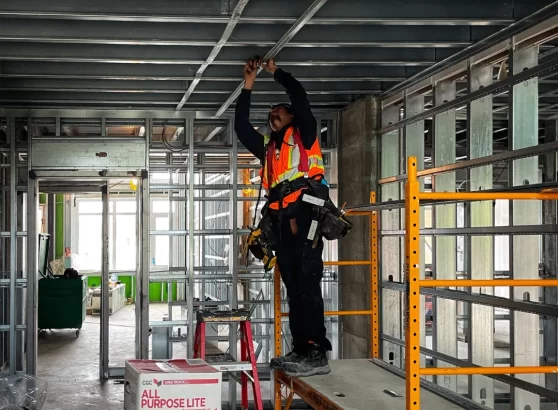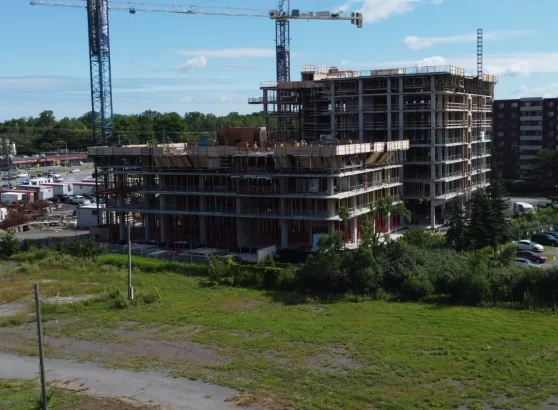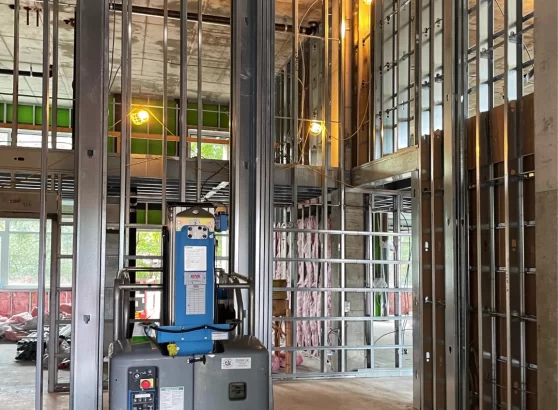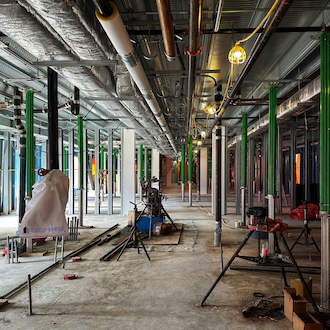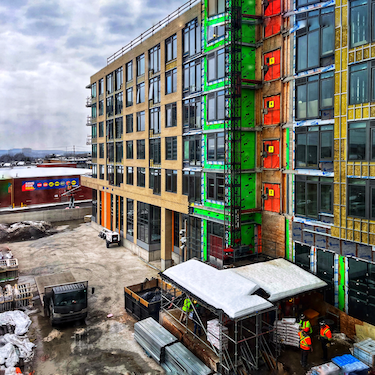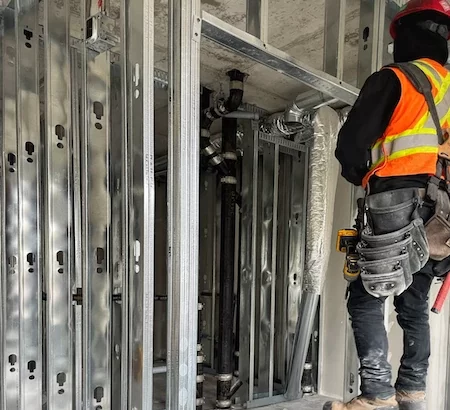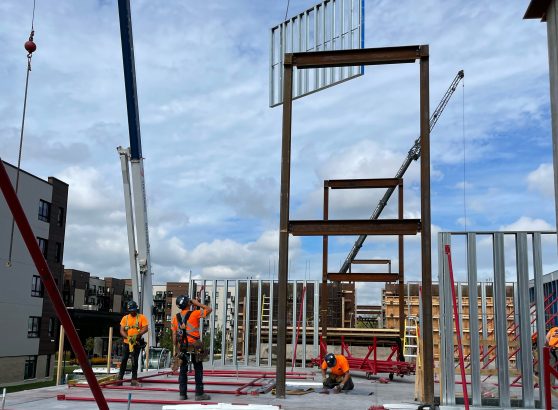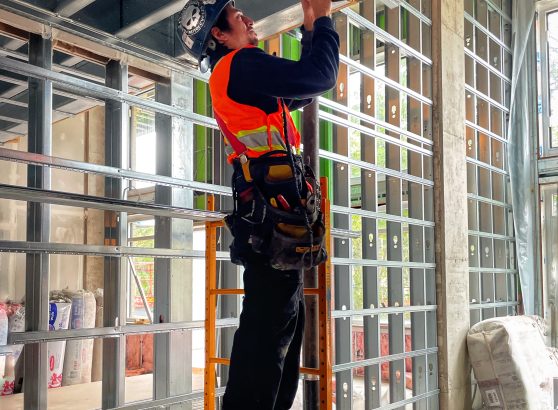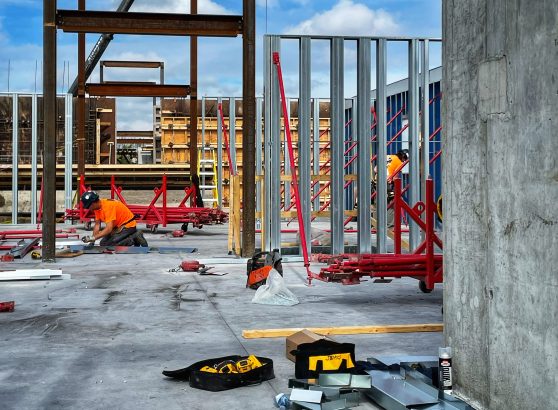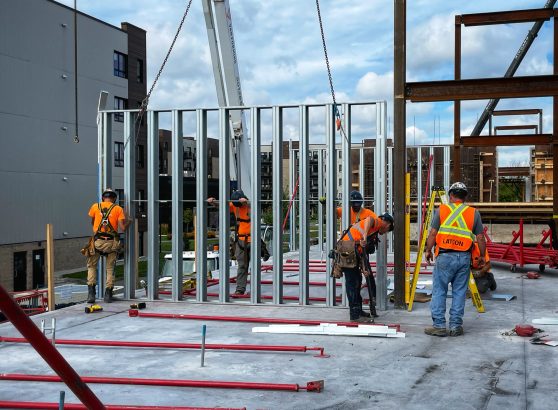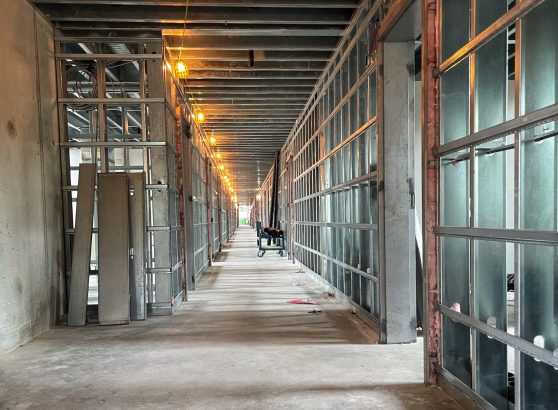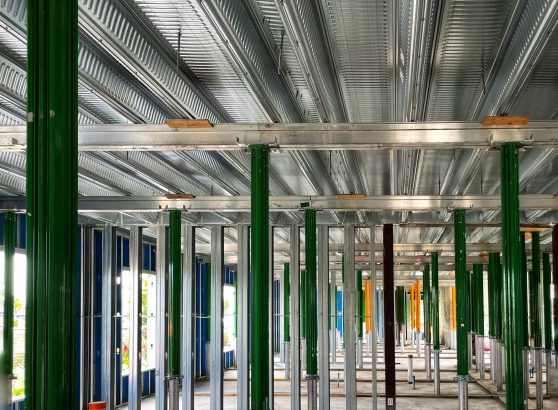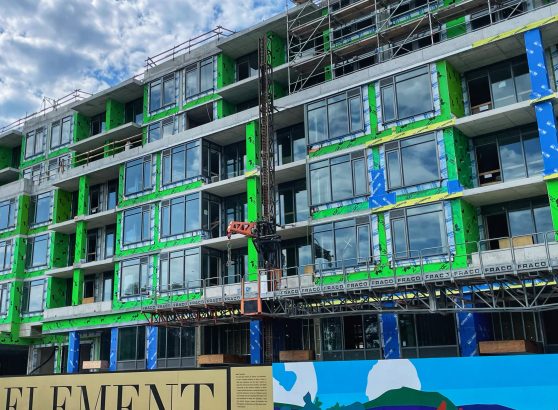The Guide to Prefab Wall Panels: Pros and Cons, Cost, Installation and More
Prefabricated wall panels are a cost-effective alternative to traditional drywall, especially in commercial construction or renovation projects. These panels are pre-built and factory-produced before they’re shipped to the site where they will be installed. They can also be customized with paint or wallpaper prior to shipping. There are numerous benefits of using prefab wall paneling instead of traditional drywall, and it’s an excellent option for both new construction and renovation projects. Check out this detailed guide on prefab wall panels so that you have all the information you need to make an informed decision if this is the right option for your project.
What is Prefab Wall Paneling?
Prefabricated wall panels consist of a metal frame with a synthetic covering. This covering can be made from vinyl, aluminum, polyethylene, polypropylene, polyurethane, or polystyrene. Using prefab wall panels can save you money in the long run because the materials are cheaper than traditional building materials like drywall. They can also be used as a fire-resistant option in high-risk areas like hospitals and hotels. These panels are pre-built and factory-produced before they’re shipped to the site where they will be installed. They can also be customized with paint or wallpaper prior to shipping. There are a few different types of wall panels:
- Sandwich wall panels: Made from synthetic materials like polystyrene, polyurethane, polypropylene, or polyethylene.
- Exterior wall panels: Made from polyvinyl chloride (PVC), aluminum, or steel.
Pros of Using Prefab Wall Panels
If you’re looking for an affordable yet high-quality building material for your next project, prefab wall panels should be at the top of your list. Here are some benefits of using prefab wall panels:
- Costs less than traditional building materials like drywall: The materials used to make prefab wall panels are generally cheaper than traditional building materials like drywall.
- Saves time: Prefab wall panels are factory-built, so they can be installed quickly. This means you can save time and money on installation.
- No need for special skills: As prefab wall panels are already built, you don’t need to have any special skills to install them. This makes them ideal for contractors who are new to the industry.
- Fire-resistant option: Prefab wall panels are an excellent fire-resistant option for hospitals and hotels.
Cons of Using Prefabricated Wall Panels
While prefab wall panels offer many benefits, there are a few drawbacks to keep in mind before you make your final decision. Here are some things to think about:
- Limited customization: Prefab wall panels are generally designed for a specific type of project. They can be customized with paint or wallpaper before shipping, but they can’t include custom designs.
- Not suitable for every project: Prefab wall panels are most commonly used in commercial construction and renovations. They can be used in new construction, but they’re not as common in that area.
- May not last as long: Although building materials used to make prefab wall panels are generally of high-quality, they may not last as long as drywall.
How much does Prefab Wall Paneling cost?
The price of prefab wall panels will depend on a few different factors, including the type of wall paneling you choose and the materials used to make them. Here are a few examples to give you a better idea of the cost of prefab wall panels:
- Aluminum wall panels: $20 to $60 per square foot
- Vinyl wall panels: $18 to $28 per square foot
- Steel wall panels: $10 to $30 per square foot
Keep in mind that these are only estimates, and the actual price will depend on the size of your project.
How to Install Prefabricated Wall Panels?
The installation process for prefab wall panels is similar to that of traditional drywall. Here are the basic steps:
- Prep the surface: The wall surface needs to be clean and free of any debris or old drywall. Otherwise, the new wall paneling won’t adhere properly and you might end up with gaps in your surface.
- Install wall studs: Install wall studs every 16 inches in the wall to provide support for your new wall paneling and give it a sturdy surface to attach to.
- Install the wall panels: Align the panels with the wall studs and secure them in place using nails or screws.
Should you go for prefab wall panels?
Prefabricated wall panels are an excellent choice for any type of construction project, especially if you’re working with a limited budget or if you’re a contractor who is new to the industry. They’re also an excellent choice if you’re working in high-risk areas like hospitals and hotels because they can be used as a fire-resistant option. Overall, prefab wall panels are an excellent choice for any type of construction project, new or old.
Contact RGZ Cambridge today for all your Prefabricated Wall Panel needs: We are industry leaders in Commercial and Residential projects. Call us today: 613-695-5544 or reach us via this page.


